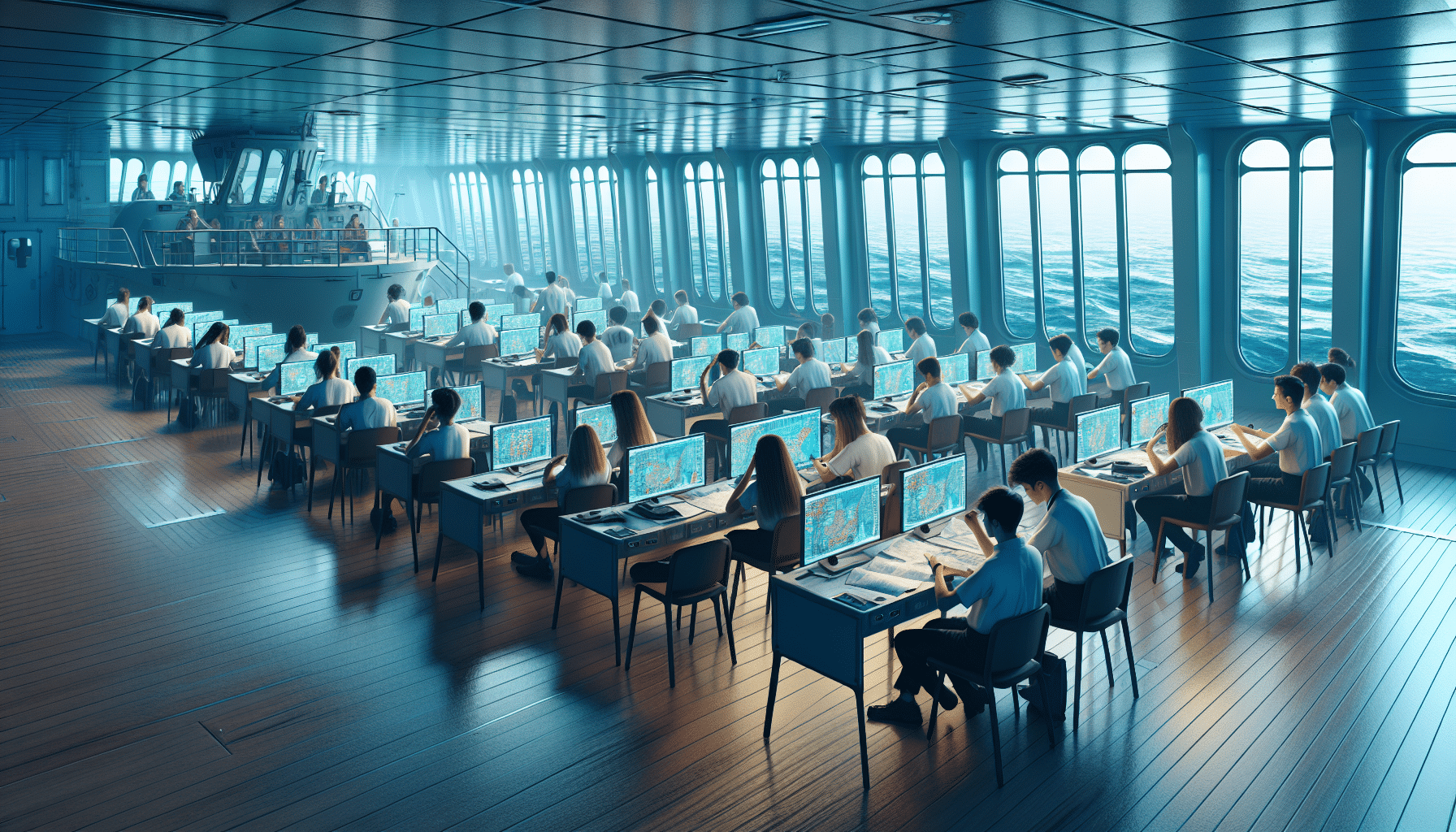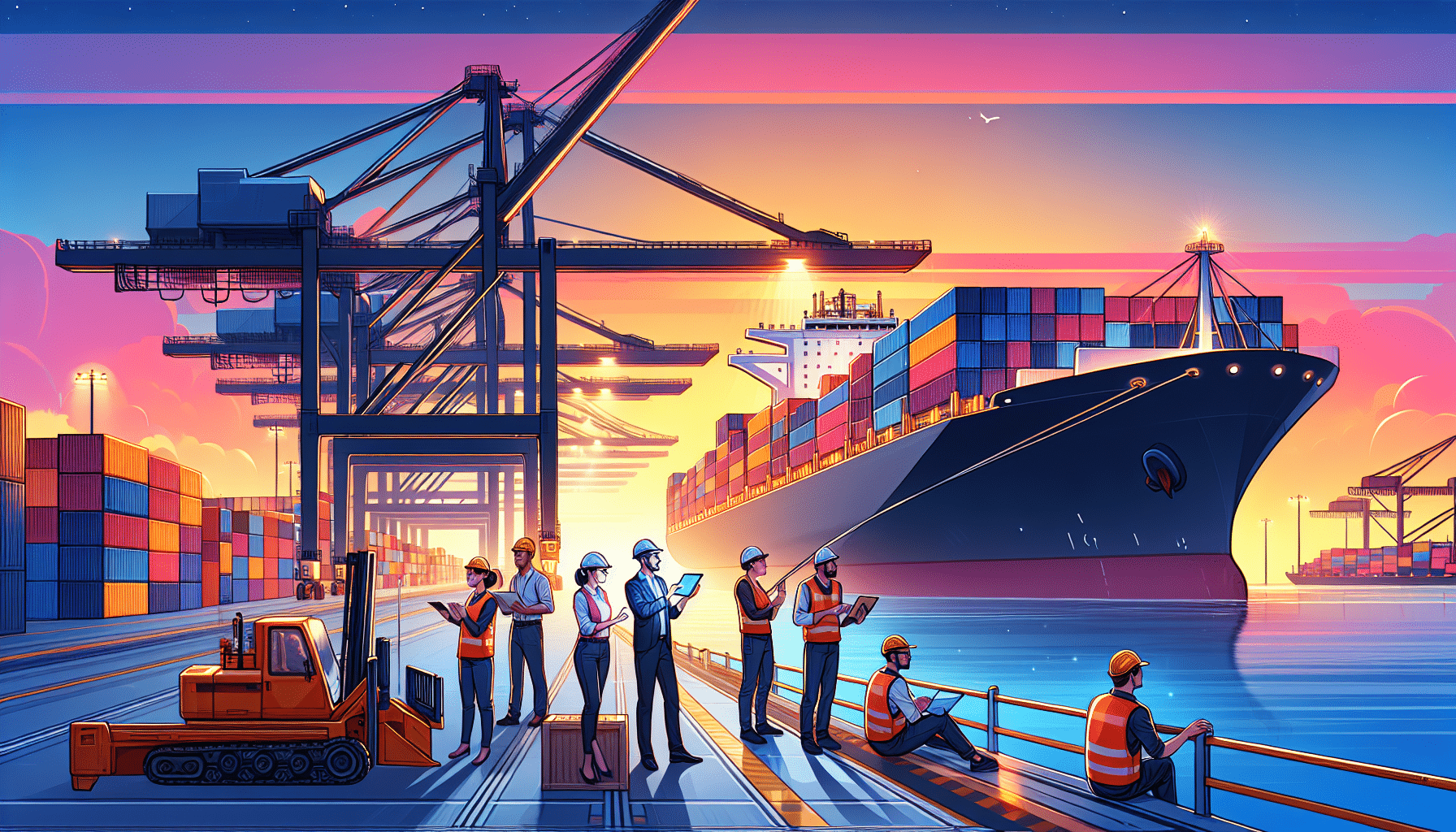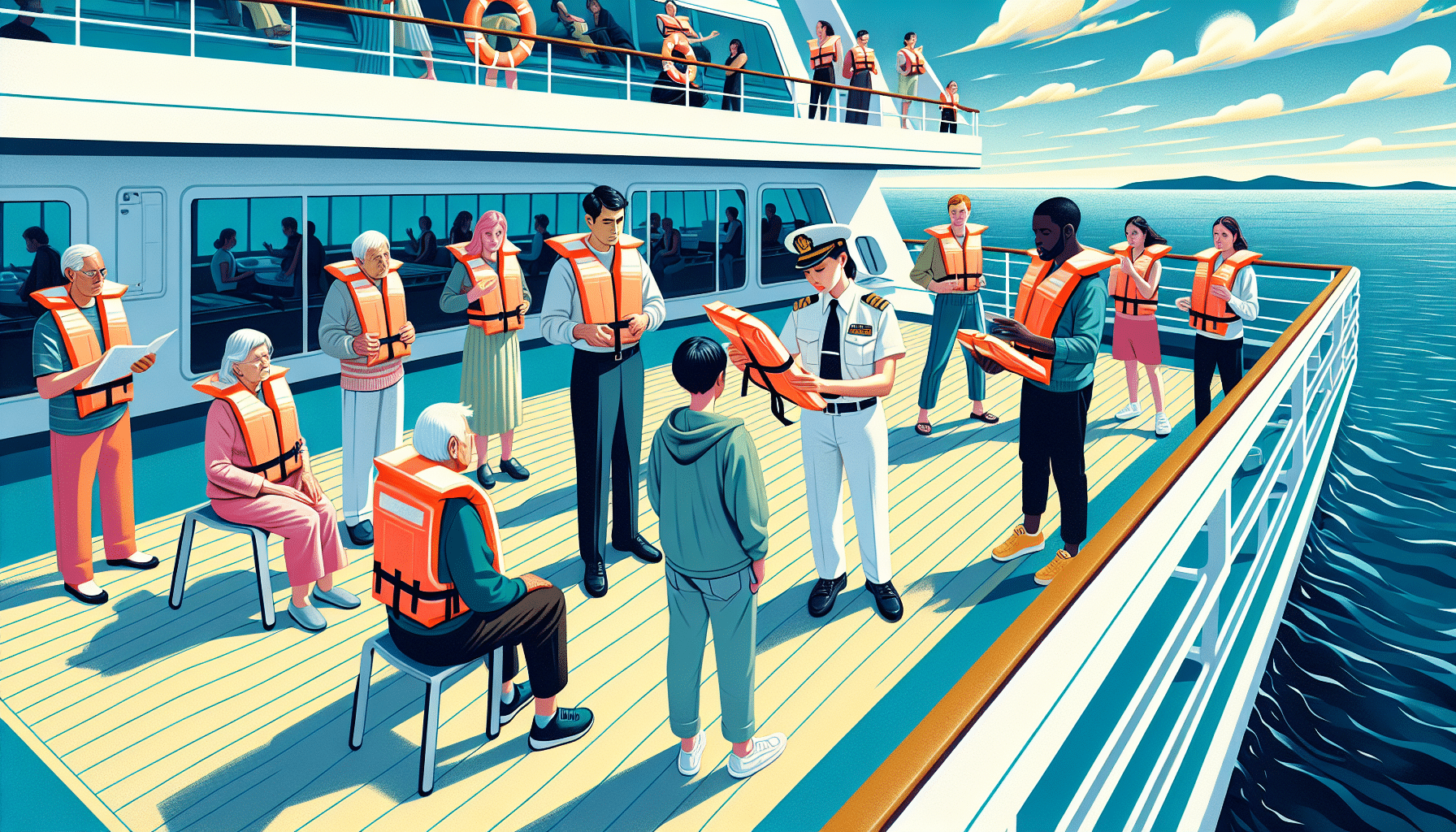Understanding Maritime Education and Certification Programs
Maritime education and certification programs are essential for individuals seeking careers in the shipping, fishing, naval, and other maritime sectors. These programs not only equip students with the necessary skills and knowledge to perform effectively in diverse roles on and off ships but also ensure compliance with international standards and safety regulations.
Types of Maritime Programs
Maritime programs range from vocational training courses to advanced degrees in maritime studies. The curriculum typically covers areas like navigation, engineering, maritime laws, environmental practices, and safety protocols. Detailed below are some common types of maritime education programs:
- Deck Officer Training: Prepares candidates for roles such as navigating officers, who are responsible for the safe operation and navigation of the ship.
- Engineering Officer Training: Focuses on the operation and maintenance of mechanical and electrical systems aboard the ship.
- Maritime Safety and Security: Equips students with skills to manage and implement safety protocols and respond to security threats.
- Marine Environment Protection: Offers insights into sustainable practices and environmental regulations vital for protecting marine ecosystems.
- Masters and PhD Programs: Higher education programs focusing on more specialized topics such as maritime law, maritime economics, or advanced engineering concepts.
Key Certification and Licensing Requirements
To work in the maritime industry, obtaining certification and licensing from recognized bodies is mandatory. These qualifications vary by the specific role and the country in which one is employed but generally include:
- Standards of Training, Certification, and Watchkeeping (STCW): An internationally recognized set of standards mandatory for all seafaring personnel. It includes basic safety training, firefighting, and life-saving skills.
- Medical Fitness Certificate: Certifies that the individual is medically fit to perform duties at sea.
- Marine Radiocommunication and Electronic Certificates: Necessary for those operating communication devices aboard vessels.
Accredited Maritime Schools and Institutions
Choosing a reputable maritime institution is crucial for a solid educational foundation. Accredited schools ensure that the training provided meets industry standards and that the certifications awarded are recognized globally. Notable maritime colleges and universities include:
- United States Merchant Marine Academy (USMMA)
- California Maritime Academy (Cal Maritime)
- Maritime College, State University of New York (SUNY Maritime)
- World Maritime University (WMU) in Sweden
Continuing Professional Development
Continuing Professional Development (CPD) is vital in the maritime industry owing to the rapid technological advancements and regulatory changes. Professionals must keep abreast of new technologies, regulations, and practices to remain competitive. Many institutions and industry bodies offer short courses, workshops, and seminars to help maritime professionals update their skills and knowledge.
Challenges and Considerations in Maritime Education
While the prospects in maritime careers are promising, there are several challenges and considerations prospective students should be aware of:
- Physical and Mental Demands: Maritime careers can be physically strenuous and emotionally taxing due to long periods spent at sea, away from family and friends.
- Regulatory Changes: The maritime industry is heavily regulated, and changes occur frequently. Professionals must adapt swiftly to comply with new laws and practices.
- Technological Proficiency: With ships becoming more technologically advanced, there is a higher demand for tech-savvy professionals in the maritime sector.
In conclusion, a career in maritime offers numerous opportunities for growth and development, but it requires rigorous training and a commitment to continuous learning and adaptation. Choosing the right education and certification path is crucial for anyone aspiring to a successful career in this dynamic industry.







